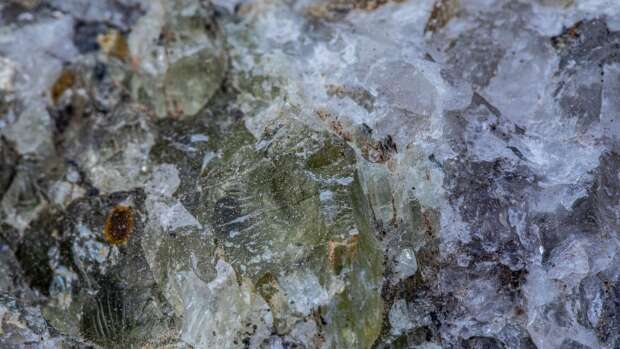Lithium Deal: How Ghana was able to negotiate more for 10% royalty rate, 13% carried interest
The lithium mining lease, granted for 15 years to Barari, a subsidiary of Atlantic Lithium Limited, includes a 10% royalty and 13% free carried interest by the state, surpassing the existing 5% and 10%, respectively, for other mining agreements.
- Advertisement -
Ghana, through its 15-year lithium mining lease agreement with Barari DV, a subsidiary of Atlantic Lithium, has negotiated for a 10% royalty rate and 13% free carried interest stake in the company.
This is relatively higher than the previous and usual 5% royalty rate and 10% free carried interest stake in mining companies in the courntry.
- Advertisement -
New developments indicate that Government was able to negotiate for a higher royalty rate and free carried interest rate because, it had repealed Act 749 of the Minerals and Mining Law and replaced it with Act 900 of the law.
- Advertisement -
It is then based on the new Act that Government was able to negotiate for the current 10% royalty rate and 13% free carried interest.
The repeal and subsequent replacement of the Act was disclosed by Executive Director of the African Centre for Energy Policy (ACEP), Ben Boakye.
He made the disclosure during a Stakeholder Engagement on the Lithium Agreement organised by the Natural Resource Governance Institute (NRGI) involving CSOs and the Minerals Commission.
- Advertisement -
In October 2023, Ghana signed a 15-year lease Agreement with Barari BV Ghana Limited, a subsidiary of Atlantic Lithium Limited for the mining of lithium in Eyowaa in the Central Region.
While government has hailed the terms of the agreement as historic, some civil society actors and individuals have raised concerns. The public discourse around this lithium agreement is understandable as the history of over a hundred years of mining has yielded little benefits for communities and the nation.
The mining lease agreement between Ghana and Barari DV Ghana Limited – subsidiary of Atlantic Lithium – for lithium extraction, is expected to be presented to Parliament for ratification by the first quarter of 2024.
- Advertisement -


